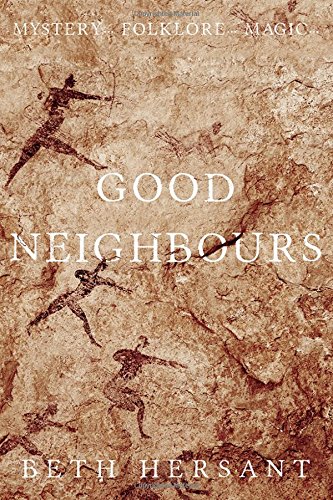Good Neighbors
The Coranieid, a Neolithic tribe slay a dragon and their leader, Gwyn Ap Nudd, decrees that the meat should not be wasted as starvation threatens. They eat it and very soon changes occur for although the people fall ill, no one dies from fevers or disease that decimate other tribes. They also find that not only can they understand animals and birds but can communicate with them. But there is a price for their near-immortality: impotence. They declare themselves gods and dominate and enslave other tribes, but once it is discovered that they can be slain physically, their power crumbles. Faced with the same fate that they have inflicted upon others, Gwyn leads the tribe to a new world – underground – that they call Annwyn.
Our narrator is Caja, daughter of Gwyn and she skilfully tells how her tribe become part of the folk lore of England – the ‘wee folk’ and ‘fairy godmothers’ – and how they influence the future of the country. We move through time from the Romans to the Crusades. Caja, writing in the present day, is therefore able to explain things using modern references; she talks to us as might a lecturer to students of folk lore. And herein lies the problem. From the beginning, notes are inserted within the narrative which, though often interesting (sometimes unnecessary), distract from the story. Add 276 notes numbered in the text, mostly citing the author’s sources, and found at the back of the book, we have a fine story that is constantly interrupted. There is also a section concerning the actions of a demon in Jerusalem the relevance of which I am not sure.
Without the notes, Good Neighbours is an excellent book, well written, full of characters from fantasy, dragons and demons and clever explanations of so many of our folk tales. But perhaps better as a narrative with an author’s note at the back, not an overall feel of a textbook?










